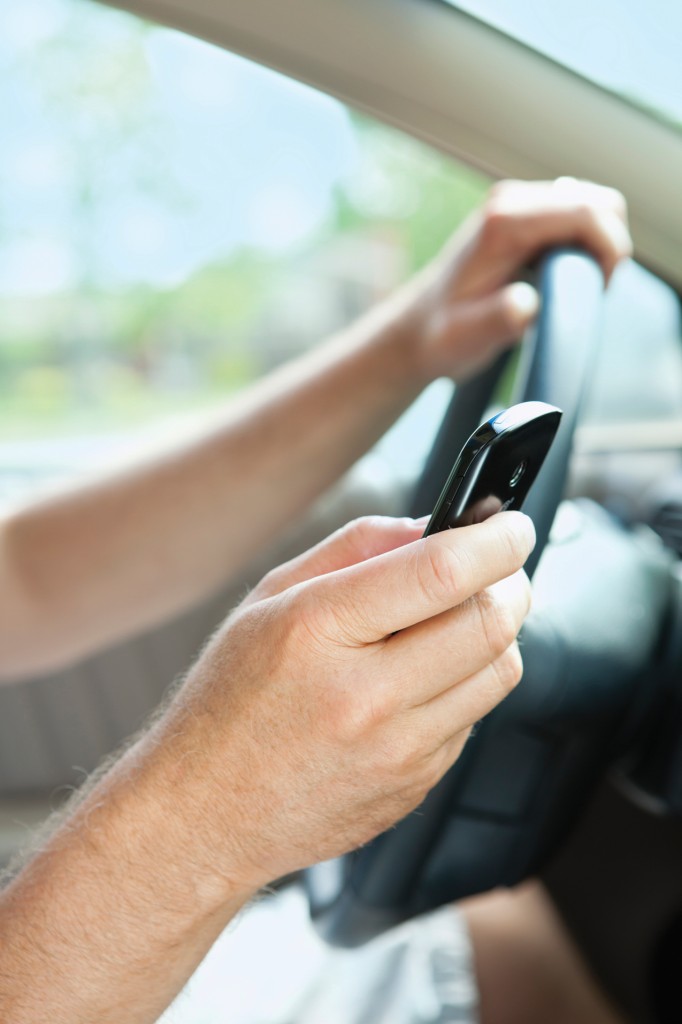Dating back to the days of the first automobiles, drivers have always taken on a degree of risk when getting behind the wheel and hitting the open road. While technology has done much to mitigate that risk, it’s also contributed to the growing number of distractions drivers face on the road.
 Distracted driving is a significant threat. According to the Centers for Disease Control and Prevention, in 2012 more than 3,300 people were killed in crashes involving a distracted driver. Just a year earlier, 17 percent of crashes in which someone was injured involved distracted driving.
Distracted driving is a significant threat. According to the Centers for Disease Control and Prevention, in 2012 more than 3,300 people were killed in crashes involving a distracted driver. Just a year earlier, 17 percent of crashes in which someone was injured involved distracted driving.
Those figures are even more disturbing when one considers the problem of underreporting with regard to distracted driving. The National Safety Council notes that underreporting of mobile phone use leading to car crashes makes the issue of distracted driving appear less substantial than it likely is. Perhaps because they fear potential citations or even possible incarceration, many drivers involved in crashes do not admit to using mobile phones while driving.
But a 2011 CDC study found that distracted driving is a genuine threat. In the study, survey participants were asked how often they had read or sent a text message or email while driving in the previous 30 days. Nearly one-third of study participants in the United States admitted that they had, and those figures were similar in Portugal and Belgium. In addition, 69 percent of U.S. drivers between the ages of 18 and 64 reported that they had talked on their mobile phones while driving in the past 30 days.
Combatting distracted driving is not easy. As the use of mobile devices grows, many people are finding it increasingly difficult to put those devices down, even when they are behind the wheel of their automobiles. But there are some steps drivers can take to improve their awareness on the road.
One such step is to reduce reliance on hands-free devices. Though it might seem as though hands-free devices are the ultimate weapon against distracted driving, the NSC reports that more than 30 studies have shown that such devices do not make drivers any safer. That’s because drivers remain distracted by the conservations they have while using hands-free devices. Reports from the NSC, Texas Transportation Institute and AAA Foundation for Traffic Safety indicate that drivers talking on handheld or hands-free devices can fail to see as much as 50 percent of their surroundings. When driving, stick to driving so you can focus all of your attention on the road, where it belongs.
Another step drivers can take to improve their awareness on the road is to educate themselves and their teenaged drivers about the dangers of distracted driving. A University of Utah study found that drivers using mobile phones had slower reaction times than drivers with a .08 blood alcohol content, which is the legal intoxication limit in many states. If more drivers realized that speaking on their mobile phones impairs their reaction time even more than driving drunk, then perhaps more people would put down their phones and continue their conversations once they reach their destinations.
Finally, drivers who recognize their habits can take steps to prevent those habits from putting them in harm’s way. If you are never too far away from your mobile phone and unable to resist the urge to read and/or answer a text message or email, turn your phone off and put it in the glove compartment before you hit the road. Doing so might just save your life and the lives of your passengers and fellow motorists.
